'How mindful running made me a faster, happier runner'
From conquering negative thoughts to finding her 'flow' state, our writer tries mindful running


In the final episode of The Last Dance – the Netflix series documenting the career of Michael Jordan – the basketball star's biographer Mark Vancil says: “His gift was not that he could jump high, run fast or shoot a basketball. His gift was that he was completely present – and that was the separator.”
While most of us don’t have the ability to jump, run or shoot like Jordan, we can still incorporate within our own training the thing that sets him apart from others: mindfulness.
You’ve probably heard the term mindfulness bandied about a lot in reference to meditation (check out our guide on how to meditate if not). But if you’re like me and struggle to sit still and meditate every day, you can still reap the benefits of mindfulness through running.
What is mindful running?
Mindful running essentially means being fully engaged with your body while you run, paying attention to your breath and how you feel. It involves letting go of distractions – whether that’s whatever's playing on your best workout earbuds or constantly checking your pace on your running watch – and being completely present in the moment.
Although it’s the distractions that get a lot of people through a run - and tools like workout music definitely have their place in training - incorporating some mindful miles offers a range of benefits. These include better running performance, increased motivation, improved mood, and greater focus.
According to Hillary Cauthen, PsyD, CMPC, and executive board member for the Association for Applied Sport Psychology (AASP), mindful running can also help you enter the elusive ‘flow’ state while running - where your breathing and movement feels so easy and you think you could keep running forever.
“When you allow your mind and body to connect in a synchronized manner you can emerge into flow state. Personally for me when I enter this state while running, it becomes effortless, easy, gazelle-like.”
Get the Fit&Well Newsletter
Start your week with achievable workout ideas, health tips and wellbeing advice in your inbox.
My mindful running approach
I wanted to try mindful running for myself to see if it could help with my training. I’ve recently started a half marathon training plan which involves three runs during the week plus a long one at the weekend. I normally listen to music when I run to stay motivated and keep my mind occupied, but I do often struggle through runs, finding it difficult to regulate my breath and get into a comfortable rhythm.
I tried two different methods for my mindful miles: one was running without any earphones in, simply listening to my breath, my feet hitting the ground, and the sounds around me.
The other technique I tried was listening to Headspace guided runs on the Nike Run Club app, one of the best fitness apps I use. It offers a number of these guided runs, which feature global Nike coach Chris Bennett and Headspace co-founder Andy Puddicombe.
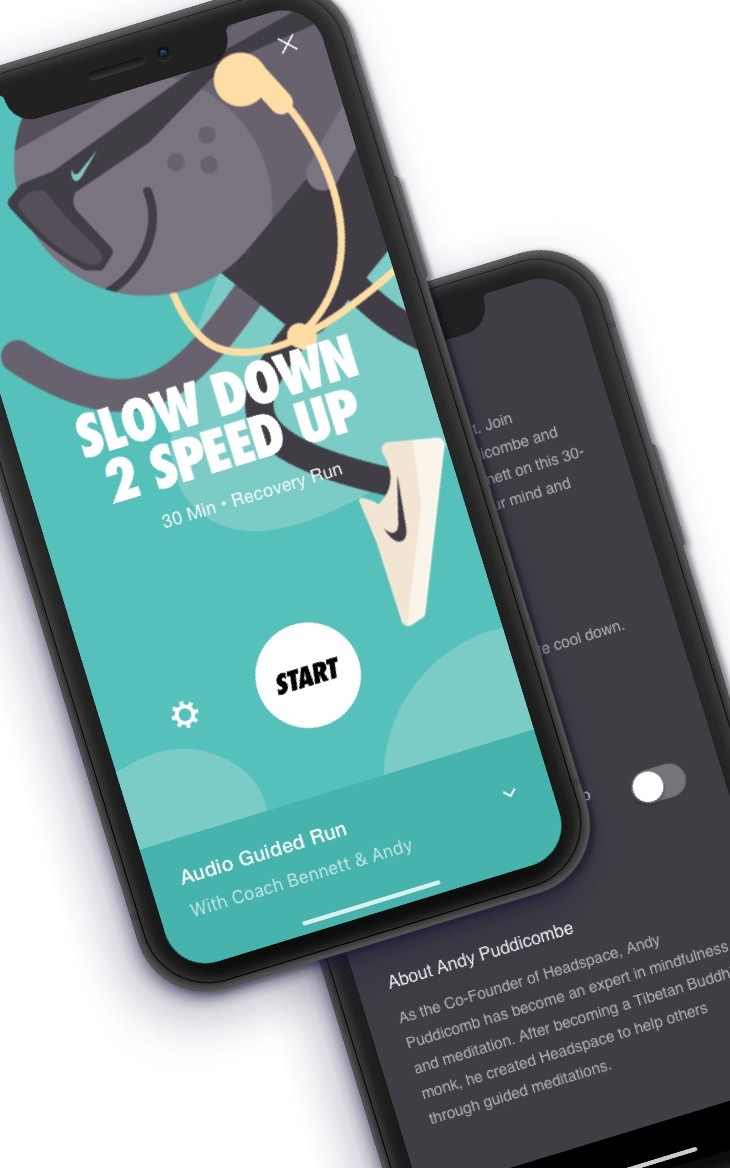
Nike has teamed up with Headspace to produce mindful audio runs
Different guided runs have different themes, but they all carry the same message of paying attention to your breath, noticing how each part of your body feels throughout the run, and reinforcing the connection between mind and body.
Here’s what I found when I laced up my best running shoes and tried mindful running...
Flow state and performance
When athletes say they’re ‘in the zone’, it’s understood they mean they’re in a flow state; they’re at peak performance, fully engaged, relaxed, and focused. Mindfulness and flow go hand-in-hand because they’re both centred around awareness and focus.
During my regular runs with music, I very rarely feel like I’m in the zone. I usually start out too fast and get tired quickly, finding it difficult to regulate my pace through the rest of the run. My breath also becomes shallow and laboured. This usually leads to a mediocre experience and I’m left feeling good (because I still went for a run) but not great.
My recent mindful runs, however, were a different story.
Without the distraction of music playing in my ears, I was fully focusing on my breathing and I could easily pace myself. I consciously took deep breaths that made me feel relaxed and moving at a comfortable pace. It was such a simple thing to do but was so effective.
Since I was doing this from the outset of the runs, I fell into a comfortable rhythm early and found I could continue that way for longer. I would reach points of my regular route that I would normally stop and walk at, but I glided past them easily.
I enjoyed the feeling of flow too much during these runs to be worried about how fast I was going; I didn’t feel like I was running at my quickest pace, I just felt comfortable. When I checked my running app afterwards though, it showed that my average pace was quite a bit quicker than what it had been on recent runs. Win-win!
During my 8km long run I listened to the ‘Mindful Miles’ guided run on the Nike Run Club app. As they all do, this guided run begins with the coaches reminding you to start running relaxed and easy. They also encourage you to do a body scan, taking one body part at a time – from your feet to your head – and noticing how each feels.
I enjoyed the guided run for the long run; Headspace’s Puddicombe, a former Buddhist monk, throws out pearls of wisdom every so often that keep you in the moment and motivated. In this run, he reminded me to “witness challenging thoughts” – such as “I don’t feel like running today” or “this run is going to be so tough” – and just let them go.
I found this idea of letting go of thoughts useful during these runs. Where normally I would think to myself that a run was difficult and believe it, now I’d recognise that as merely a passing thought and keep going. This allowed me to push myself further and achieve longer distances.
Enhanced mood
Another one of the benefits of mindful running is enhanced mood, with one study even finding that the combination of meditation and aerobic exercise resulted in participants reporting “significantly less depressive symptoms and ruminative thoughts.”
Each of these activities on their own are already stellar mood enhancers, but performing them together seems to offer a double mood-boosting whammy.
In my experience, mindful running gave me the highly sought after ‘runner’s high’ that everyone chases but not everyone gets to experience. The combination of being in the zone during the run and achieving goals left me feeling ecstatic. I felt like I was glowing with happiness for the whole day after my morning run, and I would feel excited every time I thought about how good the run felt.
Focus and attention
I have a very hard time staying focused on most things and my attention span is frustratingly short. There is a lot of research that shows mindfulness and meditation can increase focus, so this was highly appealing for me.
However, this turned out to be a fine balance to strike. If my runs were long – about 5km and up – I would feel tired afterwards and my focus and attention wouldn’t improve. But after my 3.2km mindful run, in which I finished with more energy left in the tank, I felt fully alert and able to focus on my work much easier that day.
There is some research that suggests that exercise-induced fatigue can negatively impair cognitive function, so with that in mind I may just have to leave the longer runs until after work in the evenings.
Mindful running: my final thoughts
Mindful running has transformed my training and left me motivated and excited to lace up my shoes. Something as simple as focusing on my breath and not distracting myself with music has made me a quicker, happier runner. While I probably won’t do it for all my runs, especially interval training where I’ll want some fast beats to push me along, I can see mindful runs being most useful on those long, leisurely Sunday morning distances.
Top tips for mindful running
Hillary advises doing the following if you want to try mindful running yourself:
- Step outside and experience the outdoors to build mindful running momentum
- Before you start, take some deep breaths, and pay attention to each action like lacing up your shoes
- Do a body scan before you start and during the run
- Focus on the current moment, current mile, how your feet hit the ground, and how your arms move back and forth
- Engage with your breath, counting rhythms as you move across the road
She also suggests being totally open to the experience.
“The run may not lead to a flow-like state; you may have flow moments, or mindful moments while beginning this type of running. Be kind to the process and open to the present running.”
Nupur is a freelance journalist who covers travel, lifestyle, health, fitness, and nutrition. She has previously written for titles including Stylist, Where London, London Planner, Vacations & Travel, and Hey Gents. A keen runner with a fondness for running tourism, she loves knocking back a few early morning miles whenever she visits somewhere new and has clocked up distances in the UK, Germany, Italy, Australia, Japan, and Vietnam. An avid believer in the idea of food as medicine, she can often be found researching new ingredients to include in nutritious plant-based meals. When she’s not doing any of the above, Nupur is usually curled up on the couch trying her hand at a new crochet project.
-
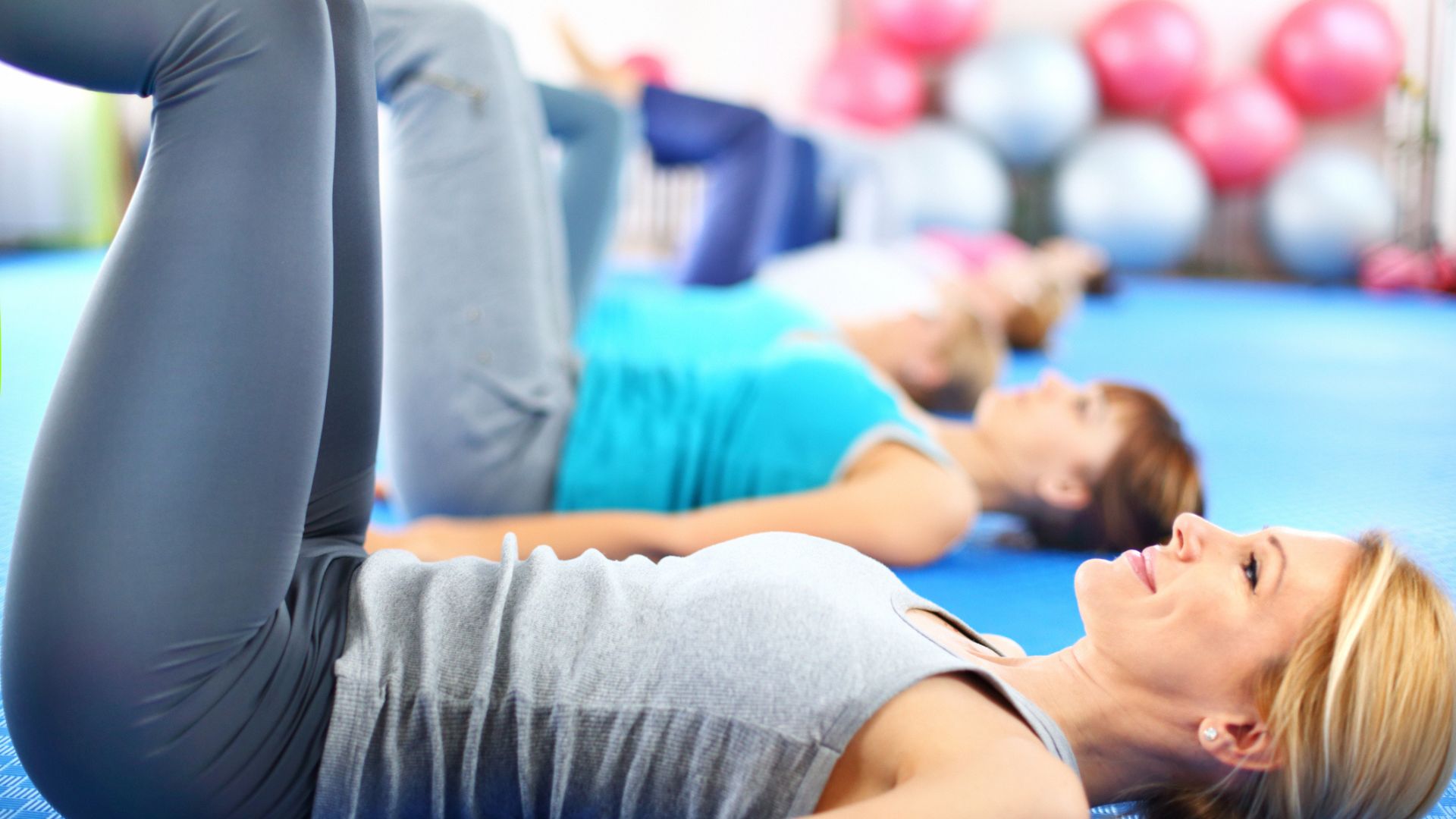 A Pilates instructor says this is the beginner-friendly core exercise everyone should try
A Pilates instructor says this is the beginner-friendly core exercise everyone should tryForget crunches, this is the perfect foundation move
By Alice Porter Published
-
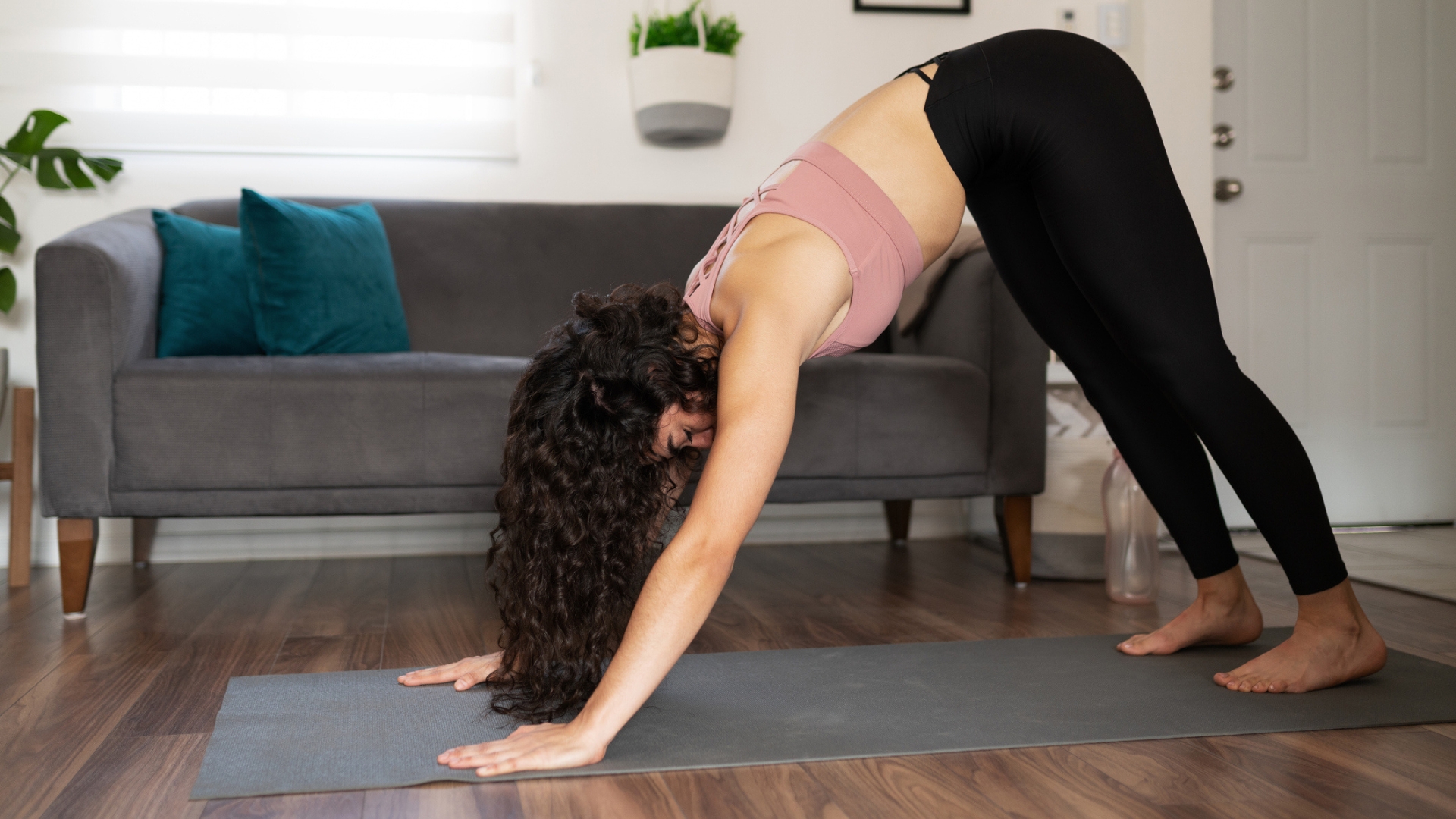 Prevent poor posture and release tension from sitting down with these four simple stretches from a yoga instructor
Prevent poor posture and release tension from sitting down with these four simple stretches from a yoga instructorThe daily poses he swears by, no matter what
By Alice Porter Published
-
 This expert-recommended tweak to child's pose is helping me undo the damage of my desk job
This expert-recommended tweak to child's pose is helping me undo the damage of my desk jobYoga If you spend a lot of time sitting down, you need to try this stretch
By Alice Porter Published
-
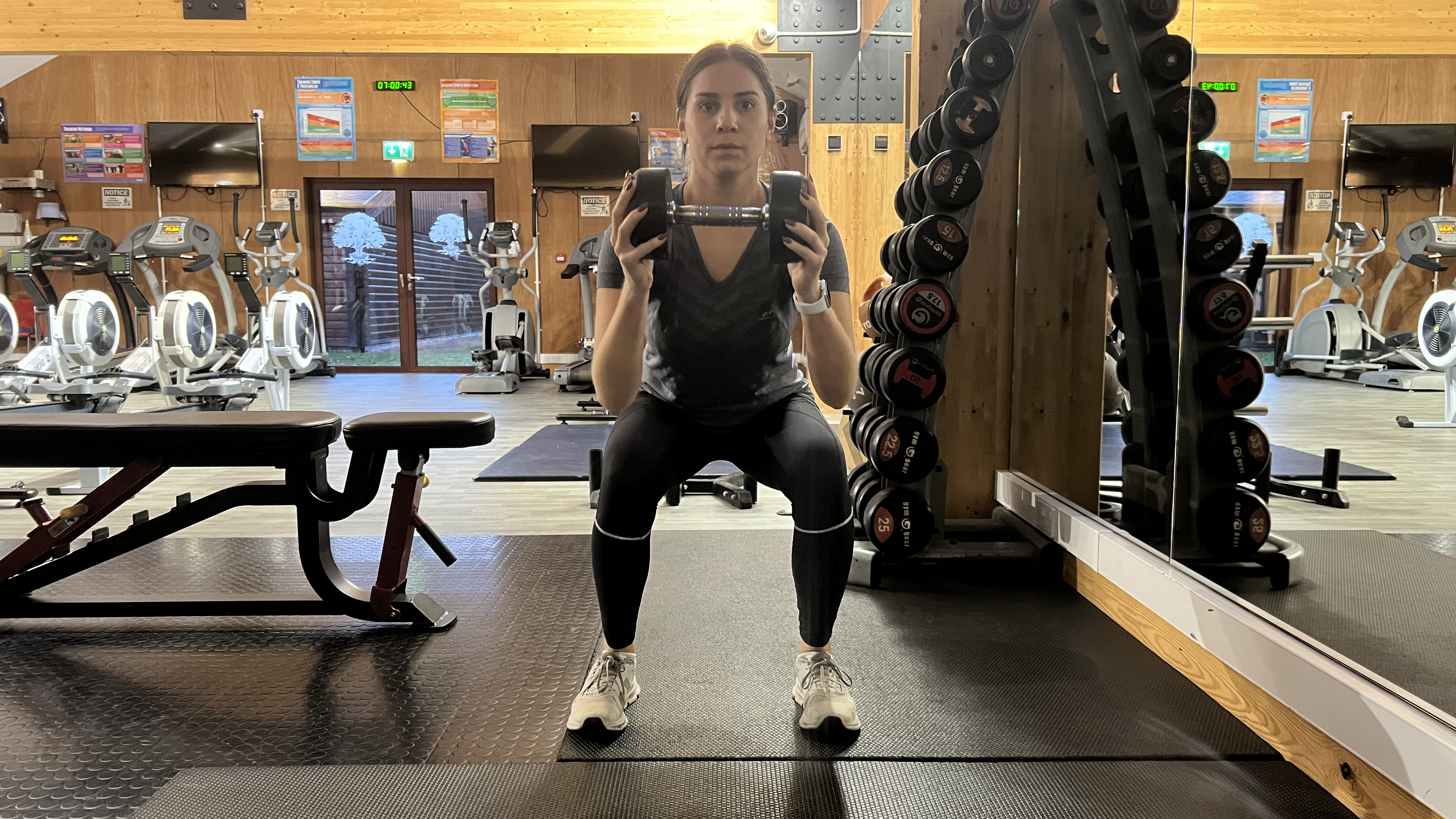 Don't fancy running in the cold? I recommend doing this six-move conditioning workout instead
Don't fancy running in the cold? I recommend doing this six-move conditioning workout insteadWorkout If dark mornings are getting in the way of a pre-work run, this six-exercise conditioning workout is a great alternative
By Daniella Gray Published
-
 I swapped a split-exercise routine for full-body workouts and it drastically changed my body fat percentage
I swapped a split-exercise routine for full-body workouts and it drastically changed my body fat percentageWorkout If your goal is fat loss, then a full-body workout routine could be key
By Stacey Carter Published
-
 I tried meditating while I walked—and was surprised at how effective it was
I tried meditating while I walked—and was surprised at how effective it wasMindfulness Struggle to sit still for a seated meditation? Try taking your mindfulness session outdoors
By Sarah Finley Published
-
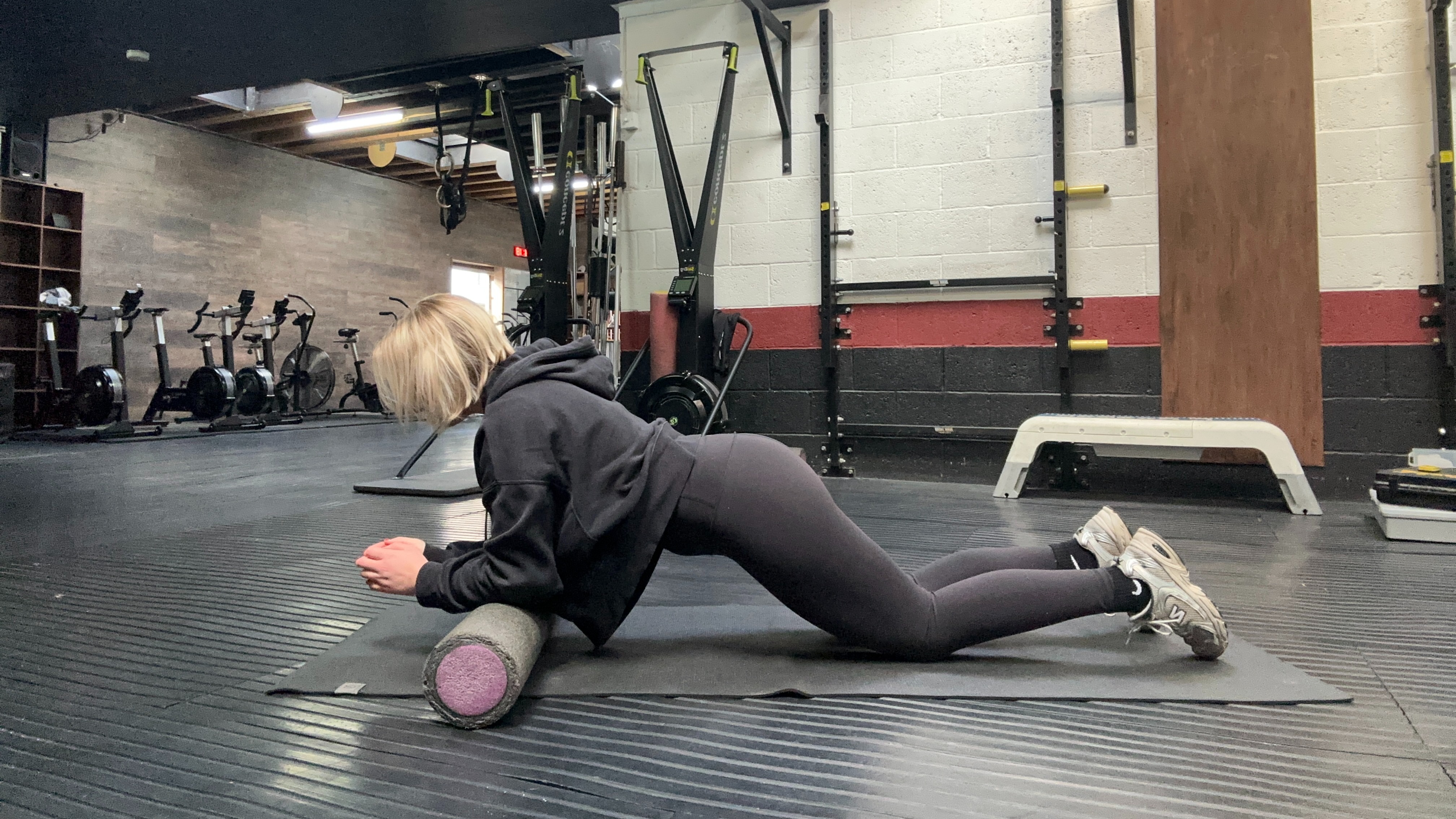 I tried this simple trick to replicate a Pilates Reformer class at home—and my core got a serious workout
I tried this simple trick to replicate a Pilates Reformer class at home—and my core got a serious workoutPilates Could this be the best budget alternative to Reformer Pilates?
By Alice Porter Published
-
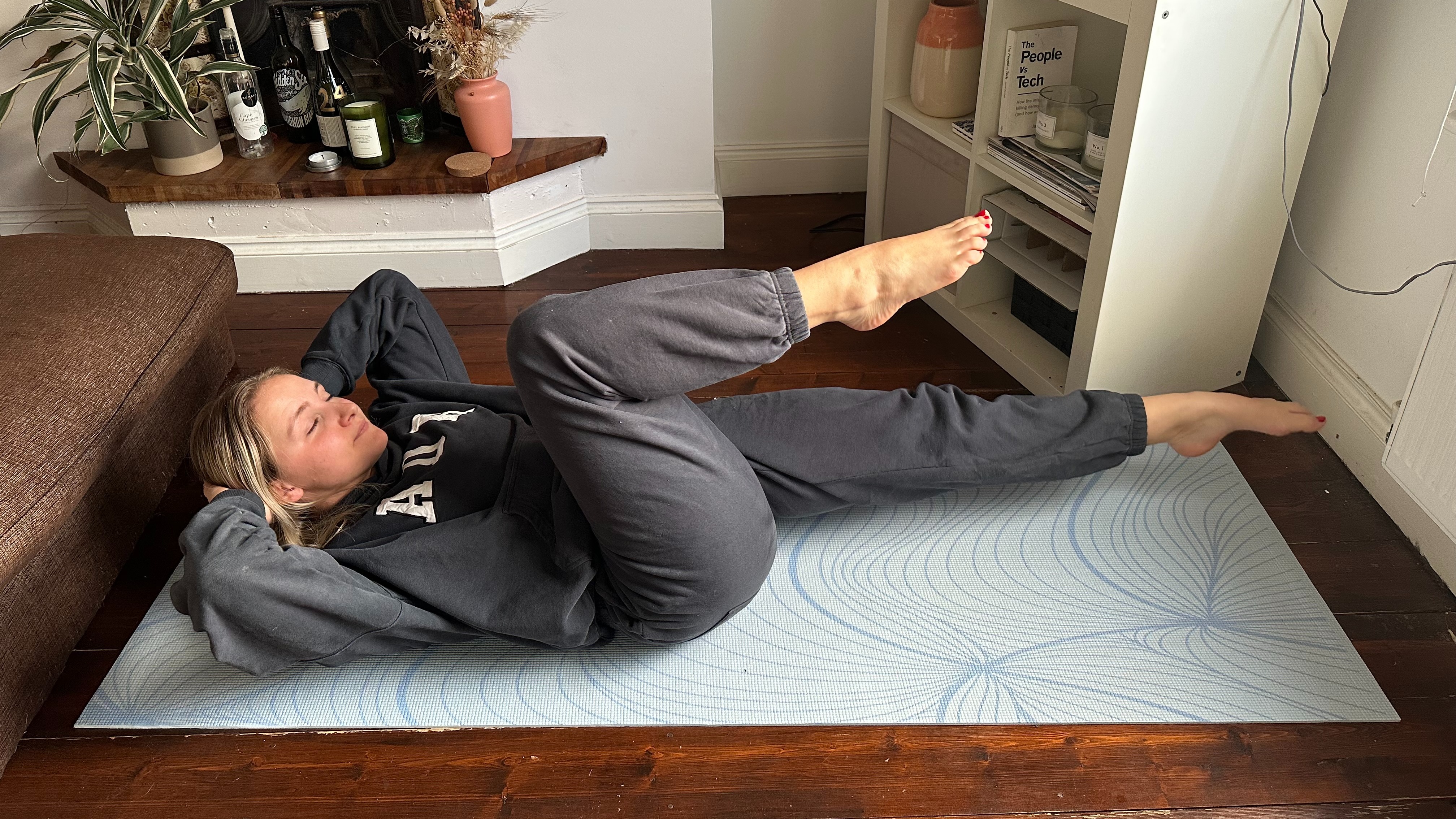 I tried this bodyweight workout and it helped me activate deep core muscles
I tried this bodyweight workout and it helped me activate deep core musclesWorkout These five low-impact exercises helped me build serious core strength
By Alice Porter Published
-
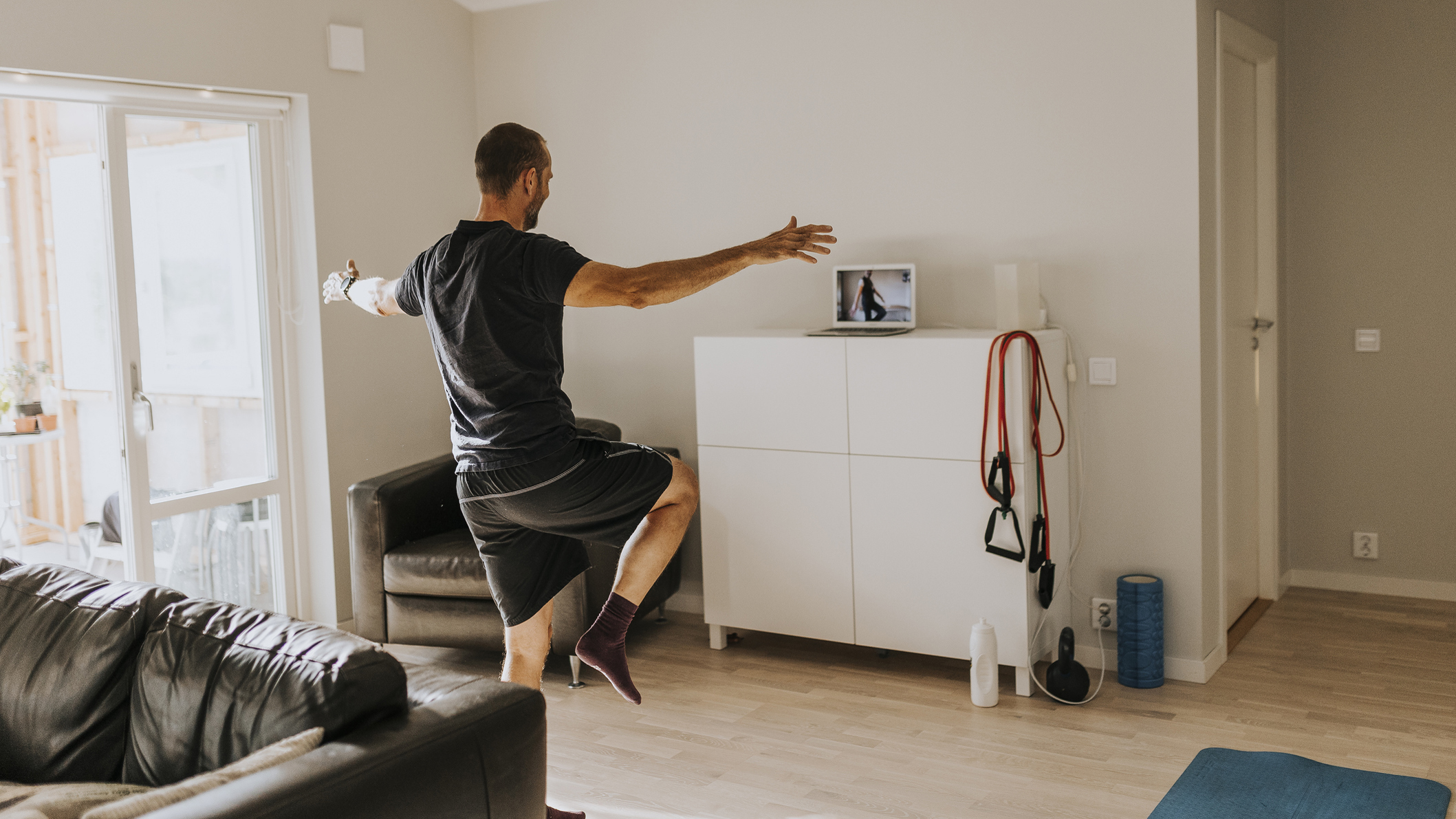 Want to pass the 'old man test'? Try these expert-approved balancing tips, which helped me master the challenge
Want to pass the 'old man test'? Try these expert-approved balancing tips, which helped me master the challengeWorkout You'll need to develop your stability, balance and strength to pass this test with flying colors
By Harry Bullmore Published
-
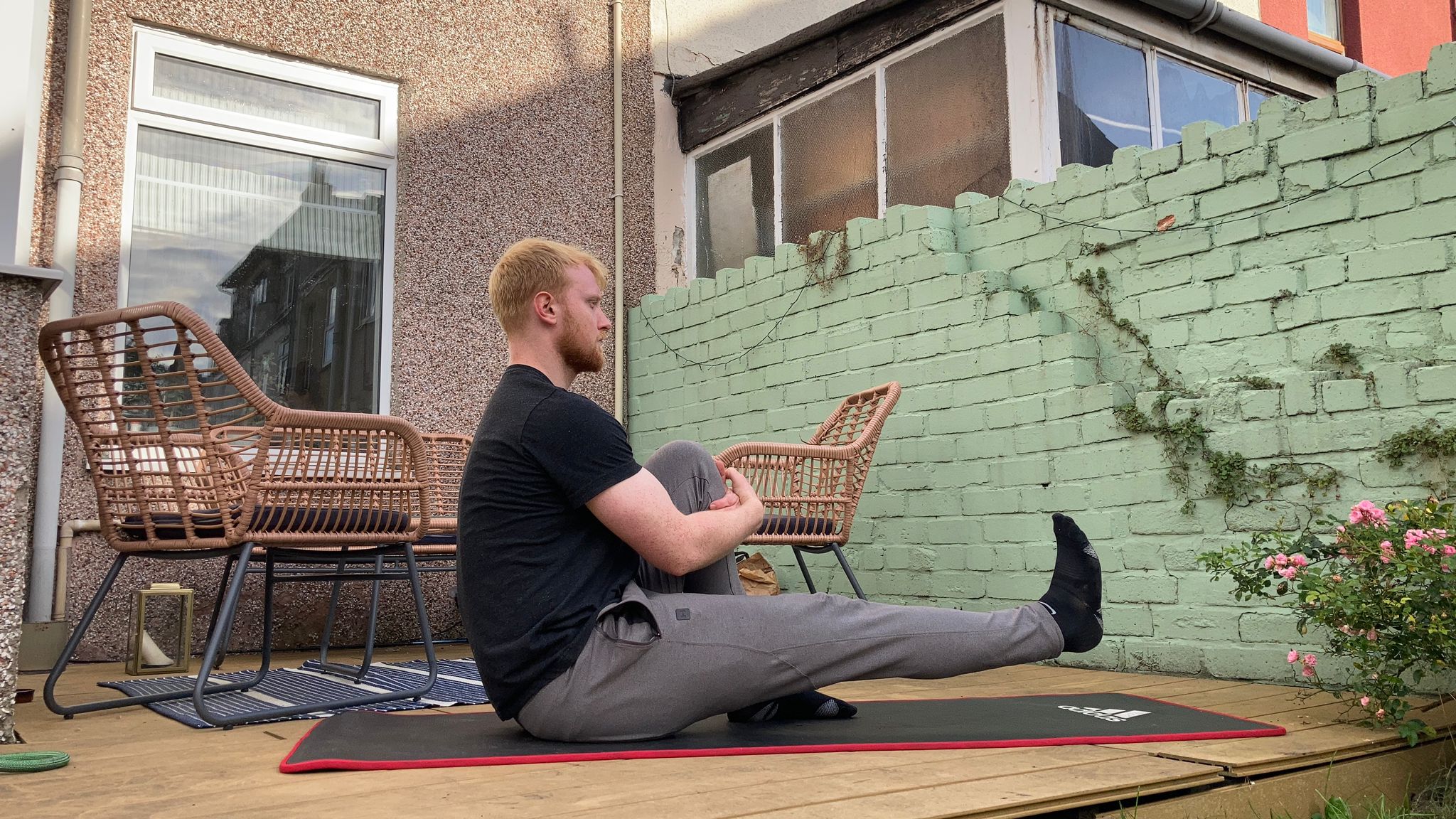 I swapped stretches for these four moves to improve my hip health, and I could feel them working straight away
I swapped stretches for these four moves to improve my hip health, and I could feel them working straight awayWorkout Healthy hips keep injuries and back pain at bay, so I tried some exercises designed to strengthen the surrounding muscles
By Harry Bullmore Published